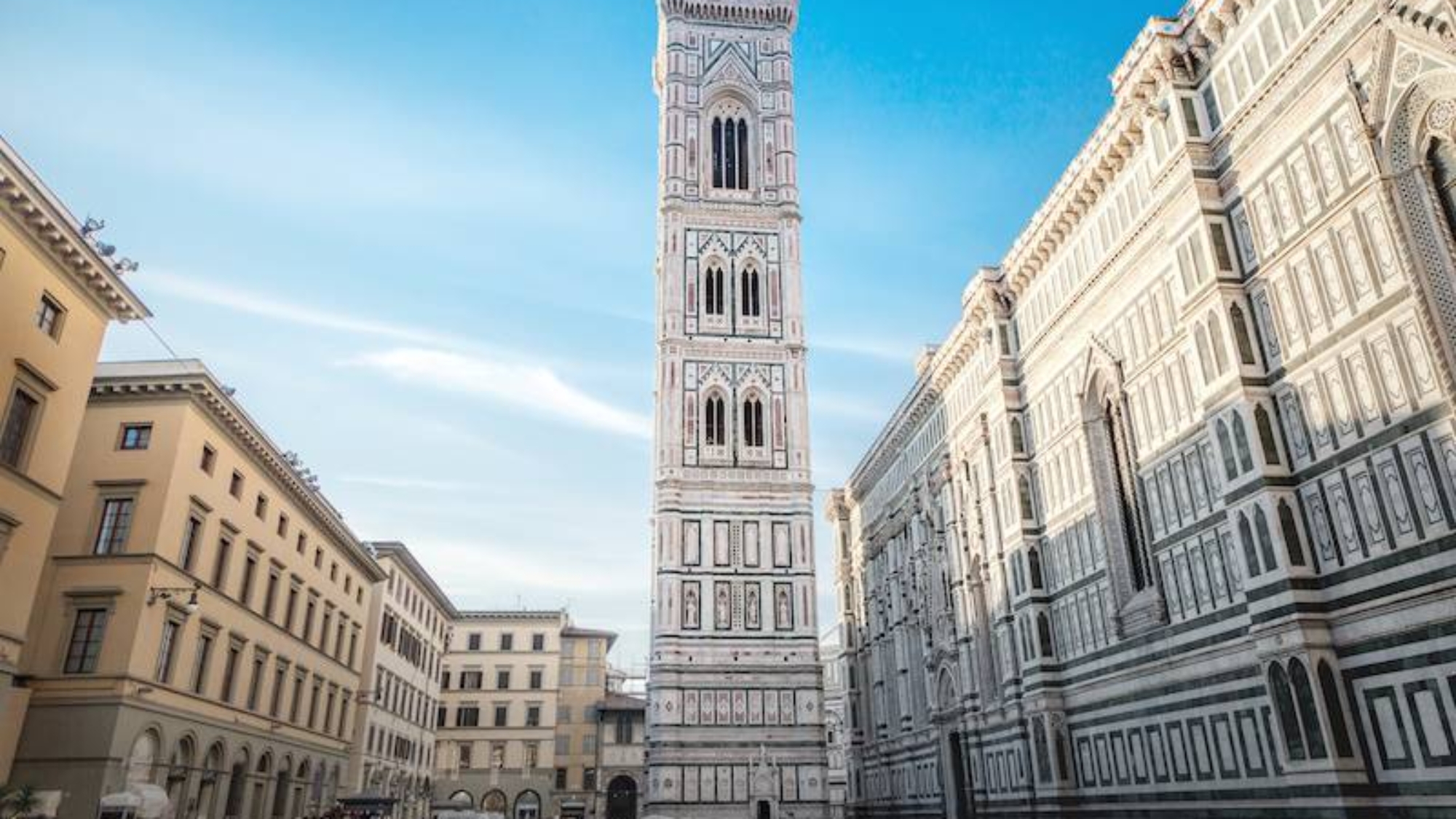If for you, a trip to Italy isn’t complete without at least one visit to one of the many museums that populate the most beautiful and important cities of the country, you cannot miss out on visiting one of the most captivating palaces in Venice, which reopened its doors to the public only in March 2022. We’re talking about Palazzo Fortuny, a house-museum with a unique charm, now home to temporary exhibitions.
The History of Palazzo Fortuny
The origins of this palace, originally called Palazzo Pesaro degli Orfei after its builder, date back to the fifteenth century. The building is characterized by a Gothic-style façade and was transformed and expanded several times over the centuries. In 1898, the palace was purchased by the Spanish artist Mariano Fortuny Madrazo, who settled here to turn it into his studio with the young designer Henriette Negrin, who eventually became his collaborator and then his wife in 1924.
Transformation into a Laboratory
The palace was further transformed by its new owner Mariano Fortuny Madrazo, turning it into a marvelous workshop. Fortuny was a versatile artist: a painter, set designer, stylist, photographer, inventor – he held many patents, still used today in the fashion and lighting sectors. The artist was particularly fascinated by the effect of light on people and objects, enthralled by the contrasts between light and shadow, which are the foundation of all his works and the basis of the creations of the workshop for the production of printed silk and velvet garments and fabrics.
The Delphos Dress and the Fortuny Lamp
Two inventions, in particular, have consecrated him in the worlds of art and fashion. The Delphos dress was created at the suggestion of his wife in 1909 and was inspired by the Ionic chiton of the Auriga, a Greek sculpture found in Delphi in 1896. For this stunning dress, he patented pleating, which gives a unique play of light and shadow on the fabric. The dress features an avant-garde design for its time, making it one of the most beloved garments of the era, worn by divas such as Marchesa Luisa Casati, Peggy Guggenheim, and Eleonora Duse. So iconic that it has been reinterpreted in the modern-day famous TV series Downtown Abbey.
Another object of significant importance is the Fortuny dome lamp, inspired by the tripods of cameras. This lamp revolutionized the world of theater and its techniques as, at the time, direct light was often too harsh. Mariano Fortuny instead used a white umbrella placed in front of the light beam, making the light softer.
Visiting Palazzo Fortuny
A visit to Palazzo Fortuny is a truly special experience because walking through its rooms allows you to come into contact with the creative genius of its owner. In 1956, after Fortuny’s death in 1949, the building was donated to the Municipality of Venice to be “used perpetually as a center of culture related to art”. With Henriette’s death in 1965, the city took full possession of the palace, then opening the doors of this unique house-museum that still preserves the style and spirit of Fortuny’s workshop. The first floor, characterized by precious fabrics on the walls, contains a vast collection of works ranging from drawings to clothes, from photographs to furnishings. The second floor houses a private library full of rare books and works.
Conclusion
Palazzo Fortuny represents an important testimony of the brilliant creative ability of this great artist for Venice and the entire global artistic panorama, a reference point for the international intellectual and artistic scene between the nineteenth and twentieth centuries and still an icon in fashion and design today. While you are visiting Venice we surely recommend a stop in Palazzo Fortuny.












